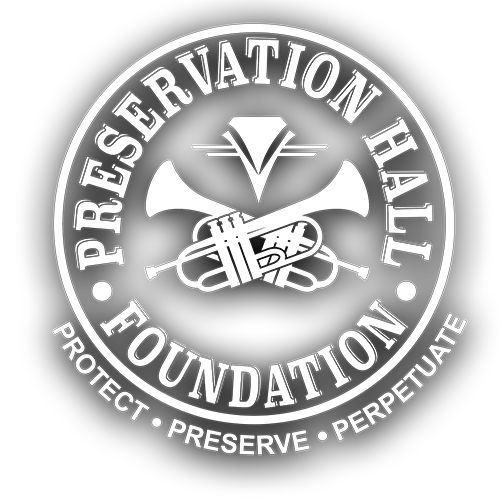Lil’ Liza Jane
Preservation Hall Foundation Brass BandBook
"Lil Liza Jane" (also known as Li'l Liza Jane, Little Liza Jane, and Liza Jane) was first published in 1916 by Sherman, Clay & Co of San Francisco, California as a composition by Countess Ada de Lachau. Described as a "Southern dialect song," "Lil Liza Jane" has become a perennial standard, not only in Traditional New Orleans Jazz, but in folk music, bluegrass, and styles such as rock and roll.
Background and performance on "Lil’ Liza Jane"
by mark braud
“Lil’ Liza Jane” is a fairly unique song, having been covered in so many musical genres, from jazz to rock ‘n’ roll. It has been established as a New Orleans jazz standard since as far back as the 1910s. There is a famous call-and-response section where the lead singer sings two bars of the melody, exclaiming, “Oh, Lil’ Liza!” and the band or audience responds, “Lil’ Liza Jane!” It is one of the most recognized songs in the world, which makes for a perfect sing-along.
I recommend listening to George Lewis’ version on Keeper of the Flame.
The band keeps it lively throughout, making the most of this novelty song. Listen for the syncopation, particularly in the trombone, creating momentum and energy. A consistent “four on the floor” bass drum pattern with snare press rolls on beats two and four drives through the song throughout the vocals.
Click here for the “Lil' Liza Jane” score
Lil' Liza Jane by Parts:
Trumpet
Clarinet
Tenor Sax
Trombone
Tuba
Snare Drum
Bass Drum
Have you heard about Preservation Hall Lessons?
Access complete lesson plans, exclusive video content and student materials on New Orleans music and culture for FREE at lessons.preshallfoundation.org!

